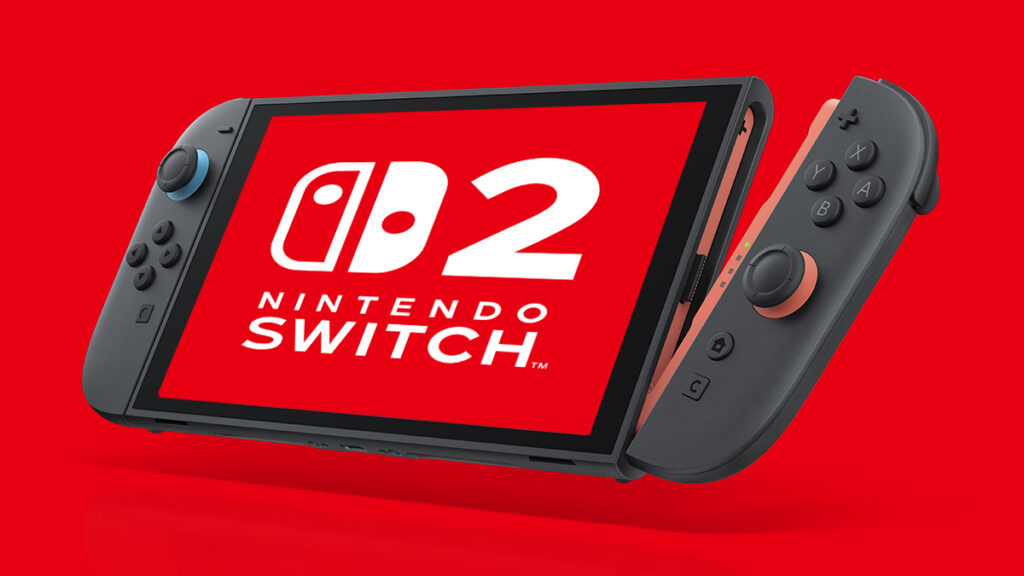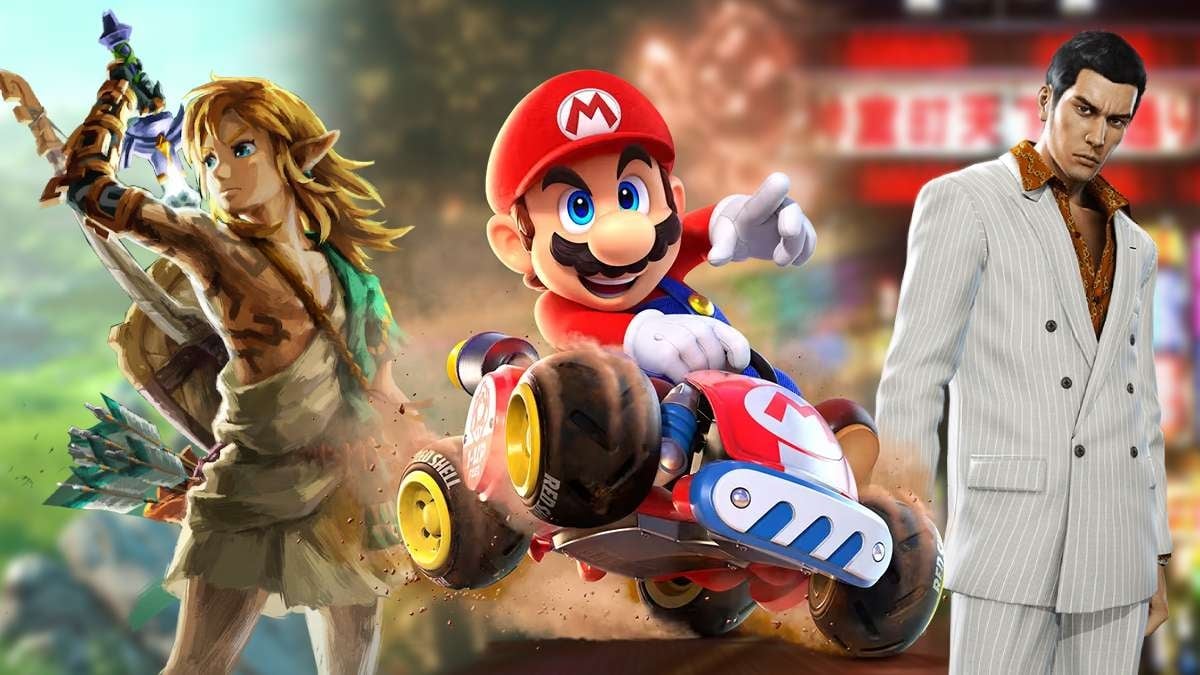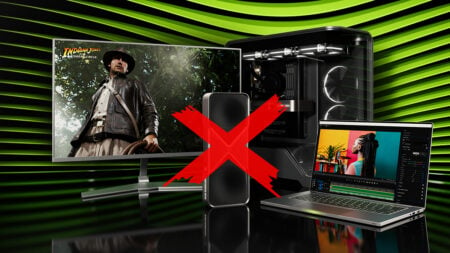The Super Mario company’s next-gen hybrid console is off to a flying start. In just four months, the Switch 2 has already sold over 10 million units worldwide, according to Nintendo’s latest earnings report. For comparison, the original Switch took around nine months to cross that same milestone. That’s quite a big deal — despite a lack of innovation, it shows Switch’s successor is building serious momentum of its own.
To put things in perspective, it took eight months for Sony to sell roughly the same number of PS5s. While Microsoft never shared official figures, estimates put the Xbox Series X|S at about 12 million units by the end of its first year. Considering the Switch 2 is only a few months old, it’s punching way above its weight. Nintendo’s strong launch lineup, upgraded hardware, full backward compatibility, and the promise of portable next-gen clearly helped pull players over from the previous generation.
Meanwhile, the original Switch capped off its first year with roughly 17.8 million units sold in 2017, setting the stage for a record-breaking 154 million lifetime total. If the Switch 2 maintains its current sales pace, it could very well match — or even surpass — that milestone.

That said, the real test will come later this year as the holiday season has historically been Nintendo’s strongest quarter. Despite lacking a major Mario release for now, the company is already preparing Kirby Air Riders, Hyrule Warriors: Age of Imprisonment, and Metroid Prime 4 throughout November and December.
Its biggest challenge, though, is uniqueness; the original Switch had the advantage of being a once-in-a-generation idea. The Switch 2 doesn’t reinvent that concept so much as refine it. Whether that’s enough to spark another craze down the line remains to be seen.
Still, Switch 2’s massive 10 million sales should not be too surprising. The global gamer population keeps growing every year, crossing 3.9 billion people according to Newzoo’s estimates. With more players than ever before — from mobile to console — even ‘refreshed’ hardware can hit massive numbers faster than it used to.








